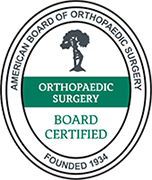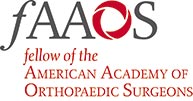- Knee Arthroscopy

Knee arthroscopy is a common surgical procedure performed using an arthroscope, a viewing instrument, to diagnose or treat a knee problem. It is a relatively safe procedure and you will usually be discharged from the hospital on the same day of surgery.
Know More Launch Movie - ACL Reconstruction

ACL (anterior cruciate ligament) reconstruction is a commonly performed surgical procedure. With recent advances in arthroscopic surgery, it can now be performed with minimal incision and low complication rates.
Know More - MCL Reconstruction

MCL reconstruction is a minimally invasive surgical procedure in which a tendon graft is utilized to reconstruct the injured MCL.
Know More Launch Movie - LCL Reconstruction
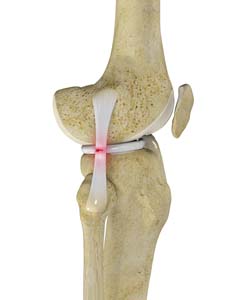
LCL reconstruction is a surgical procedure to repair torn or damaged lateral collateral ligament in the knee using a tissue graft taken from another part of the body, or from a donor.
Know More - PCL Reconstruction
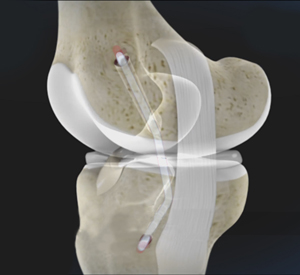
PCL reconstruction surgery is a procedure to correct torn posterior cruciate ligament (PCL) in the knee using a tissue graft taken from another part of the body, or from a donor.
Know More Launch Movie - Posterolateral Corner (PLC) Reconstruction
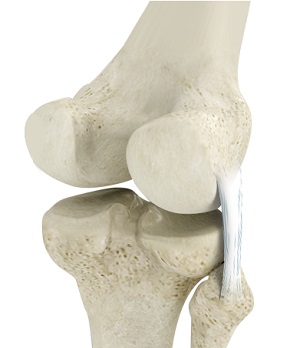
A posterolateral corner is a complex arrangement of multiple ligaments, tendons, muscles and a joint capsule in your knee. It is located on the outside back corner of the knee.
Know More - Cartilage Replacement

Cartilage replacement is a surgical procedure performed to replace the worn-out cartilage with new cartilage.
Know More - Knee Osteotomy
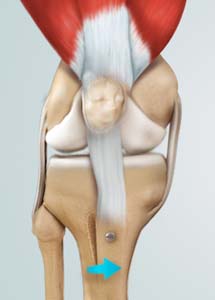
Knee osteotomy is a surgical procedure in which the upper part of shinbone (tibia) or lower part of thighbone (femur) is cut and realigned. It is usually performed in arthritic conditions affecting only one side of your knee.
Know More - High Tibial Osteotomy

High tibial osteotomy is a surgical procedure performed to relieve pressure on the damaged site of an arthritic knee joint. It is usually performed in arthritic conditions affecting only one side of your knee and the aim is to take pressure off the damaged area and shift it to the other side of your knee with healthy cartilage.
Know More Launch Movie - Distal Femoral Osteotomy
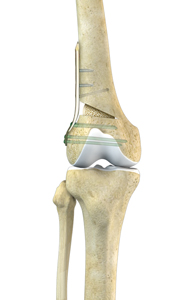
Distal femoral osteotomy is performed to correct knee alignment which can lead to excessive loading and degeneration of one side of the knee joint. The procedure involves cutting of the distal femur, repositioning the bones and securing them in the proper alignment.
Know More - Meniscal Transplantation

Meniscal transplantation is a surgical procedure to replace the damaged meniscus of the knee with healthy cartilage.
Know More Launch Movie - Meniscal Surgery

Meniscal surgery is a surgical procedure employed for the treatment of torn or damaged meniscal tissues in the knee. It is mostly performed as a minimally invasive keyhole procedure.
Know More - Mosaicplasty

Mosaicplasty is a surgical technique to repair the defect by transplanting healthy bone and cartilage from non-weight bearing areas of the knee. It is indicated to treat small cartilage defects of less than 2 cm in young active adults less than 45 years of age.
Know More - Multiligament Reconstruction of the Knee

Multiligament knee reconstruction is a surgical procedure to repair or replace two or more damaged ligaments of the knee joint. The surgery can be performed using minimally invasive techniques.
Know More Launch Movie - Partial Meniscectomy

Partial meniscectomy is a surgical procedure to remove the torn portion of the meniscus from the knee joint.
Know More - Patellar Tendon Repair

Patellar tendon repair is the surgery performed to reattach the torn tendon to the kneecap and to restore normal function in the affected leg.
Know More - Arthroscopic Debridement
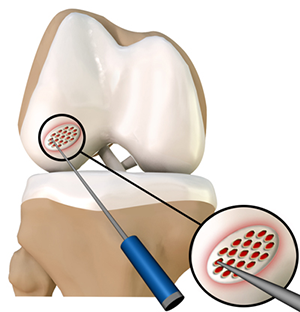
Arthroscopic debridement is a minimally invasive surgical procedure to treat osteoarthritis caused by an injury or damage to the articular cartilage of the knee joint resulting in restricted motion of the knee.
Know More - Autologous Chondrocyte Implantation
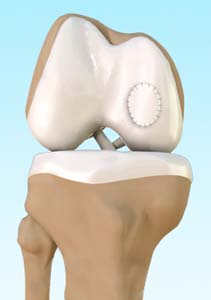
Autologous chondrocyte implantation (ACI) is a procedure to treat the articular cartilage defects of the knee.
Know More - Chondroplasty
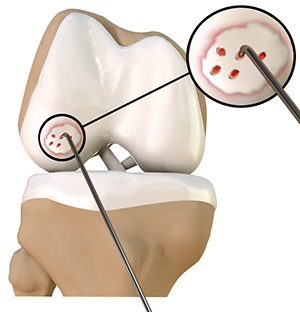
Chondroplasty is a surgical procedure to repair and reshape damaged cartilage in a joint. The procedure involves smoothing degenerative cartilage and trimming any unstable flaps of cartilage.
Know More - Failed Meniscus Repair

Meniscal repair may be performed either by open surgery under direct vision or minimally invasively using an arthroscope, which is a thin tube fitted with a camera that can be inserted into the knee through a very small incision to locate and repair the damaged meniscus.
Know More - Matrix Induced Autologous Chondrocyte Implantation (MACI)
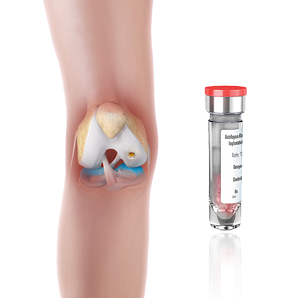
Matrix-Induced autologous chondrocyte implantation is an innovative, FDA-approved cartilage restoration procedure that uses your own cells to repair cartilage defects in your knee.
Know More Launch Movie - Physeal Sparing Reconstruction of the Anterior Cruciate Ligament

Physeal sparing reconstruction of the anterior cruciate ligament is a surgery to replace a torn anterior cruciate ligament or ACL, a major ligament of the knee, while minimizing damage to the growth plate (physis) present near the end of the bone.
Know More - Subchondroplasty
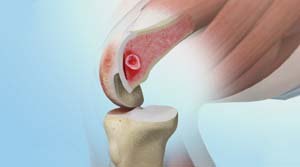
Subchondroplasty is a minimally invasive procedure that is performed to specifically repair chronic BMLs by filling them with a bone substitute material. The bone substitute is then slowly resorbed and replaced with healthy bone, repairing the bone defect.
Know More Launch Movie - Viscosupplementation

Viscosupplementation refers to the injection of a hyaluronan preparation into the joint. Hyaluronan is a natural substance present in the joint fluid that assists in lubrication. It allows the smooth movement of the cartilage-covered articulating surfaces of the joint.
Know More - Knee Rehabilitation

- Hamstring Tendon Repair
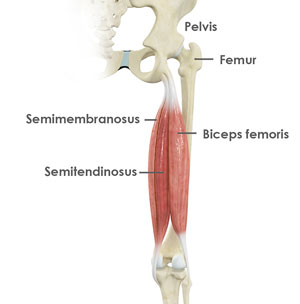
Coming soon
Know More - Compartment Decompression
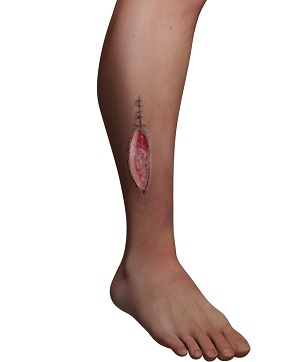
Compartment decompression, also called ‘decompressive fasciotomy’, is a surgical procedure to treat a painful knee condition known as “compartment syndrome”.
Know More - Partial Arthroscopic Meniscectomy

Partial arthroscopic meniscectomy is a procedure to remove the damaged part of a meniscus in the knee joint with the help an arthroscope. The meniscus is a C-shaped disc of cartilage between your thighbone and shinbone.
Know More - Patellofemoral Stabilization
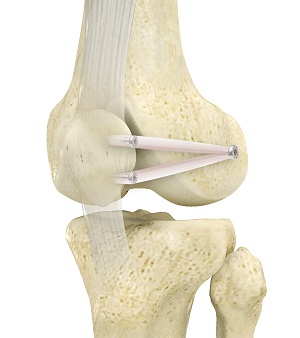
Patellofemoral stabilization is a broad term that refers to surgeries employed for stabilization (prevention of dislocation) of the patella for the treatment of patellofemoral instability.
Know More - Revision Knee Ligament Reconstruction
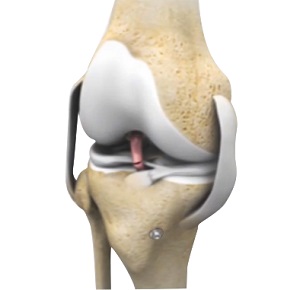
Revision knee ligament reconstruction is a complex surgical procedure performed to address failures or to correct the undesirable consequences of primary reconstruction surgery on your knee.
Know More - Quadriceps Tendon Autograft for Anterior Cruciate Ligament Reconstruction
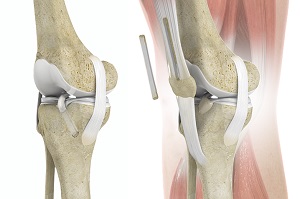
Anterior cruciate ligament reconstruction using a quadriceps tendon autograft is a surgical procedure performed to replace a torn or damaged anterior cruciate ligament (ACL) of the knee with a part of the quadriceps tendon taken from your leg (autograft) to restore strength, stability, and function of the knee.
Know More - Knee Fracture Surgery

Knee fracture surgery is a surgical procedure performed to correct the cracked or broken bones in or around the knee to restore normal anatomical function, stability, and motion.
Know More - Patellofemoral Realignment

Patellofemoral realignment is a surgical procedure performed to treat symptomatic patellofemoral instability that does not respond to nonsurgical treatment measures.
Know More - Knee Ligament Reconstruction
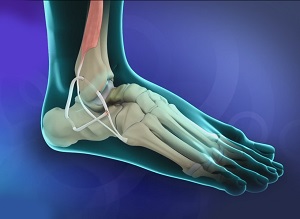
Knee ligament reconstruction is a surgical procedure to repair or replace damaged ligaments of the knee joint. The surgery can be performed using minimally invasive techniques.
Know More - Tibial Tubercle Transfer

Tibial tubercle transfer is a surgical procedure that is performed along with other procedures to treat patellar instability, patellofemoral pain, and osteoarthritis.
Know More - Meniscectomy

Meniscectomy is a surgical procedure indicated in individuals with torn meniscus where the conservative treatments are a failure to relieve the pain and other symptoms. Meniscectomy is recommended based on the ability of meniscus to heal, patient’s age, health status, and activity level.
Know More - Partial Knee Resurfacing

Partial knee replacement is an alternative to total knee replacement in patients with arthritis on only one side of the knee. Partial knee replacement is a surgical procedure which involves resurfacing and replacement of only the diseased surface of the joint instead of the entire joint.
Know More - Posterolateral Corner Reconstruction
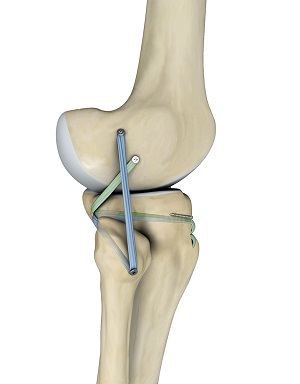
Posterolateral corner injury is damage or injury to the structures of the posterolateral corner.
Know More - Prior Meniscectomy

The menisci are two C-shaped cartilages that act as shock absorbers between the thigh and shin bones that articulate at the knee joint.
Know More - Quadriceps Tendon Repair
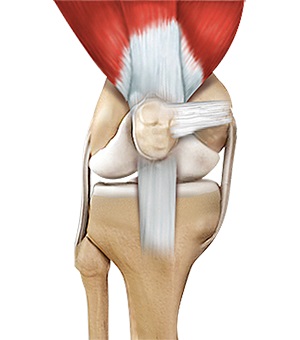
Quadriceps tendon is a thick tissue located at the top of the kneecap. The quadriceps tendon works together with the quadriceps muscles to allow us to straighten our leg. The quadriceps muscles are the muscles located in front of the thigh.
Know More Launch Movie - Tibial Eminence Fracture

The tibia or shin bone is a major bone of the leg which connects the knee to the ankle. A fracture or break in the upper part of the tibia is known as a proximal tibial fracture and commonly occurs just below the knee joint.
Know More - Meniscus Root Repair

Meniscal repair may be performed either by open surgery under direct vision or minimally invasively using an arthroscope that can be inserted into the knee through a very small key-hole incision to locate and repair the damaged meniscus.
Know More - Bone-Patellar Tendon-Bone (BPTB) Autograft
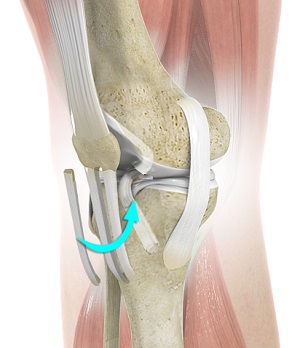
ACL reconstruction with BPTP autograft is a surgical procedure that replaces the injured ACL with an autograft containing patellar tendon and bony attachments.
Know More - Bone-Patellar Tendon-Bone (BPTB) Allograft
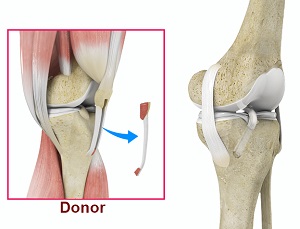
ACL reconstruction with BPTP allograft is a surgical procedure that replaces the injured ACL with an allograft containing patellar tendon and bony attachments.
Know More - Hamstring Autograft

ACL reconstruction with hamstring autograft method is a surgical procedure to replace the torn ACL with part of the hamstring tendon taken from your leg. The goal of ACL reconstruction surgery is to tighten your knee and restore its stability.
Know More - Knee Cartilage Restoration
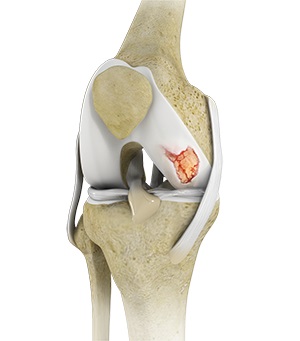
Knee cartilage restoration is a surgical technique to repair damaged articular cartilage in the knee joint by stimulating new growth of cartilage or by transplanting cartilage into areas with defects in order to relieve pain and restore normal function to the knee.
Know More - Tibial Tubercle Osteotomy
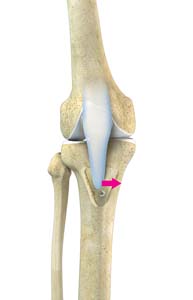
Tibial tubercle osteotomy is a surgical procedure that is performed along with other procedures to treat patellar instability, patellofemoral pain, and osteoarthritis.
Know More Launch Movie - Medial Patellofemoral Ligament Reconstruction

Medial patellofemoral ligament reconstruction is a surgical procedure indicated for severe patellar instability.
Know More - Distal Realignment Procedures

Distal realignment procedures, also known as tibial tubercle transfer (TTT) procedures, are performed to reposition the kneecap after subluxation or dislocation by realigning the tendon under the kneecap to the underlying tibial tubercle.
Know More - Arthroscopic Reconstruction of the Knee for Ligament Injuries
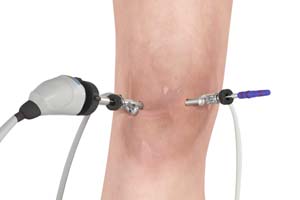
Arthroscopic knee ligament reconstruction is a surgical procedure to correct a torn knee ligament by replacing the ligament with a healthy tendon tissue using an arthroscope.
Know More - Partial Transphyseal Surgery
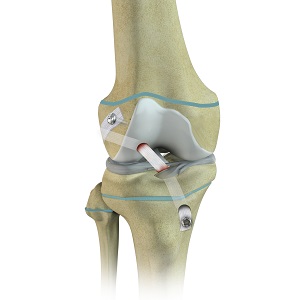
Partial transphyseal surgery is an arthroscopically assisted operative procedure to reconstruct the anterior cruciate ligament (ACL) in the knee of a child or adolescent with growth plates or physis (areas near the ends of long bones where growth is still occurring).
Know More - Knee Trauma Reconstruction

Knee trauma reconstruction is a surgical procedure to repair a soft-tissue injury of the knee such as a torn ligament using a tissue graft or replacing the damaged bony surfaces of the knee joint with an artificial knee joint called a prosthesis.
Know More - Intraarticluar Knee Injection

Intra-articular knee injections are usually recommended when the pain has not responded to traditional conservative treatments such as anti-inflammatory medications, physical therapy, activity modification, or ice therapy.
Know More Launch Movie - COOLIEF for the Knee

COOLIEF is a minimally invasive treatment method for chronic knee pain due to osteoarthritis. It employs water-cooling technology and radiofrequency waves to produce heat which deactivates the sensory nerves that transmit pain signals to your brain.
Know More Launch Movie - Physical Therapy for Knee
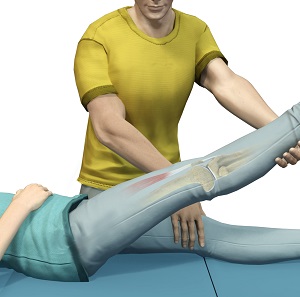
Physical therapy is an exercise program that helps you to improve movement, relieve pain, encourage blood flow for faster healing, and restore your physical function and fitness level.
Know More - Nonoperative Treatments for ACL Injuries
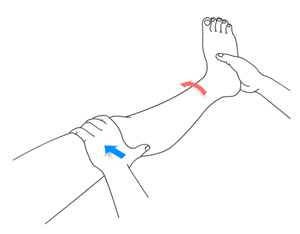
Nonoperative treatments may be recommended if your child has a minor ACL injury, is still growing and does not wish to immediately return to sports.
Know More - Non-Surgical Knee Treatments
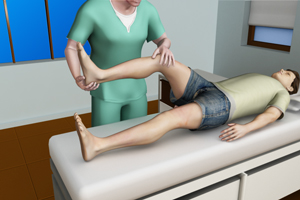
The non-operative orthopedic treatment options include non-pharmacological and pharmacological interventions. They are aimed at providing symptomatic relief and improving the quality of life of the patients.
Know More - Physical Examination of the Knee
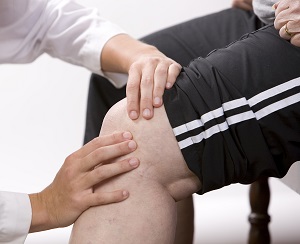
A complete physical examination of the knee is performed when you present to your doctor with a knee complaint. Both of your knees are examined and the results of the injured knee are compared to those of the healthy knee.
Know More - Pre-op and Post-op Knee Guidelines

Planning for your knee surgery prepares you for the operation and helps to ensure a smooth surgery and easier recovery. Here are certain pre-operative and post-operative guidelines which will help you prepare for knee surgery.
Know More - Am I a Candidate for Knee Surgery?

Knee replacement surgery involves replacing worn or damaged joints with implants to reduce pain and improve movement. It provides excellent results for many and is usually performed on those above 60 but may also benefit young patients with certain conditions.
Know More

